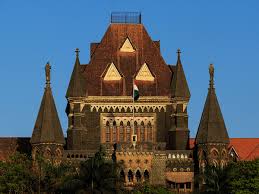Recent Developments in the Madras High Court

Importance of the Madras High Court
The Madras High Court, established in 1862, is one of the oldest high courts in India. It plays a crucial role in upholding the rule of law and has a significant impact on legal precedents and societal norms across the southern states of India. Recent judgments from the court have sparked discussions on various social and legal issues, emphasizing its relevance in contemporary Indian society.
Recent Verdicts and Their Implications
In the past few months, the Madras High Court has delivered several landmark judgments that have caught public attention. One such notable case involved the rights of women in inheritance matters. The court reaffirmed women’s rights to inherit property on par with male heirs, a ruling that supports gender equality and empowers women within the traditional framework of Indian inheritance laws.
Another significant ruling pertained to the freedom of expression, wherein the court quashed a sedition case against a journalist who was charged for criticizing government actions. This judgment has been hailed as a victory for press freedom and has set a precedent for protecting journalists against oppressive legal actions.
Judicial Challenges and Backlog
Despite its critical role, the Madras High Court faces substantial challenges, primarily due to a growing backlog of cases. As of October 2023, there were approximately 50,000 cases pending before the court, raising concerns about judicial efficiency and access to justice. Legal experts recommend reforms and additional resources to address this issue adequately.
Public Interest Litigation (PIL) Engagement
The Madras High Court has also been proactive in hearing Public Interest Litigations (PILs) that address urgent social issues. Recent PILs concerning environmental concerns, such as the regulation of sand mining along the coast, highlight the court’s willingness to engage with pressing matters that affect public welfare. This trend indicates the judiciary’s responsiveness to societal needs and its commitment to maintaining ecological balance.
Conclusion
The Madras High Court continues to be a pillar of justice and an influential force in interpreting and enforcing the law in India. As it navigates through challenges like case backlogs and societal expectations, its recent rulings reinforce the importance of sustainable legal frameworks and the protection of individual rights. Observers predict that the court will maintain its trajectory of impactful decisions, addressing key societal issues and upholding the principles of democracy and justice as it progresses into 2024.





